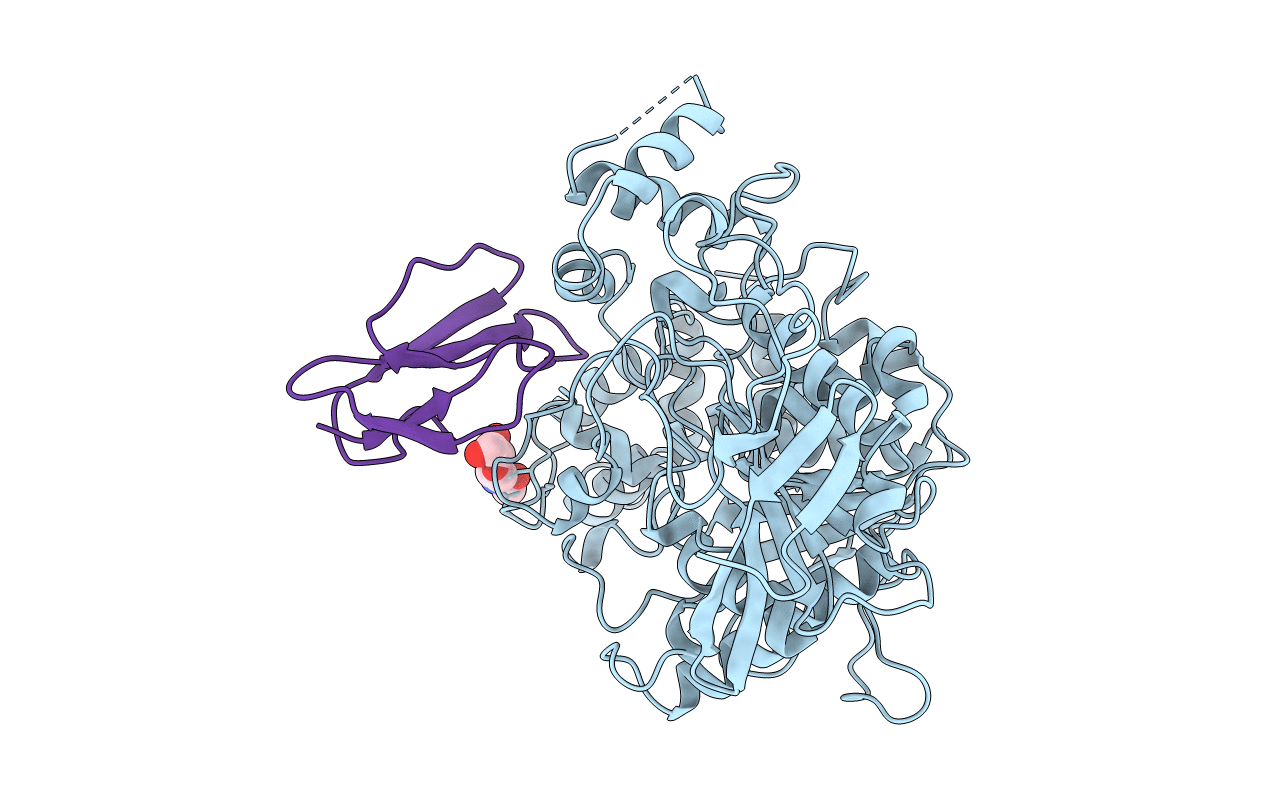
Deposition Date
1995-11-21
Release Date
1996-04-03
Last Version Date
2024-10-23
Entry Detail
PDB ID:
1MAH
Keywords:
Title:
FASCICULIN2-MOUSE ACETYLCHOLINESTERASE COMPLEX
Biological Source:
Source Organism:
Mus musculus (Taxon ID: 10090)
Dendroaspis angusticeps (Taxon ID: 8618)
Dendroaspis angusticeps (Taxon ID: 8618)
Host Organism:
Method Details:
Experimental Method:
Resolution:
3.20 Å
R-Value Free:
0.29
R-Value Work:
0.18
R-Value Observed:
0.18
Space Group:
P 65 2 2


